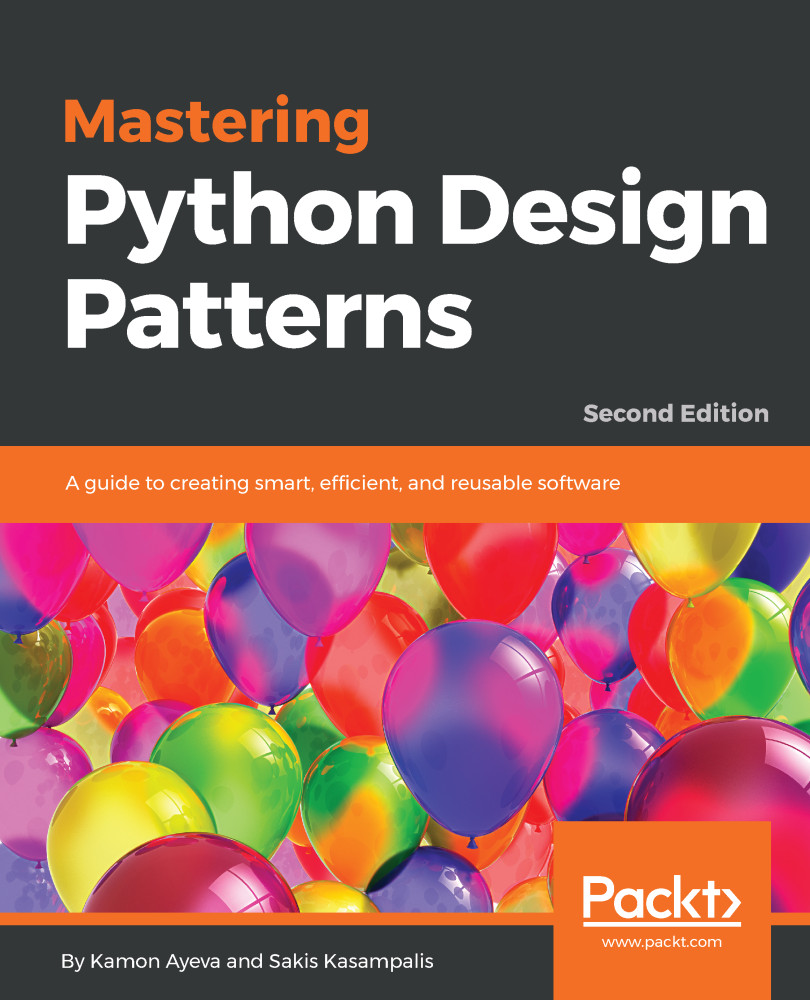In the previous chapter, we covered the last four in our list of behavioral patterns. That chapter also marked the end of the list of patterns presented by the Gang of Four in their book.
Among the patterns we have discussed so far, one is particularly interesting now, for this new chapter: the Observer pattern (covered in Chapter 11, The Observer Pattern), is useful for notifying an object or a group of objects when the state of a given object changes. This type of traditional Observer applies the publish-subscribe principle, allowing us to react to some object change events. It provides a nice solution for many cases, but in a situation where we have to deal with many events, some of them depending on each other, the traditional way could lead to complicated, difficult-to-maintain code. That is where another paradigm called reactive...



